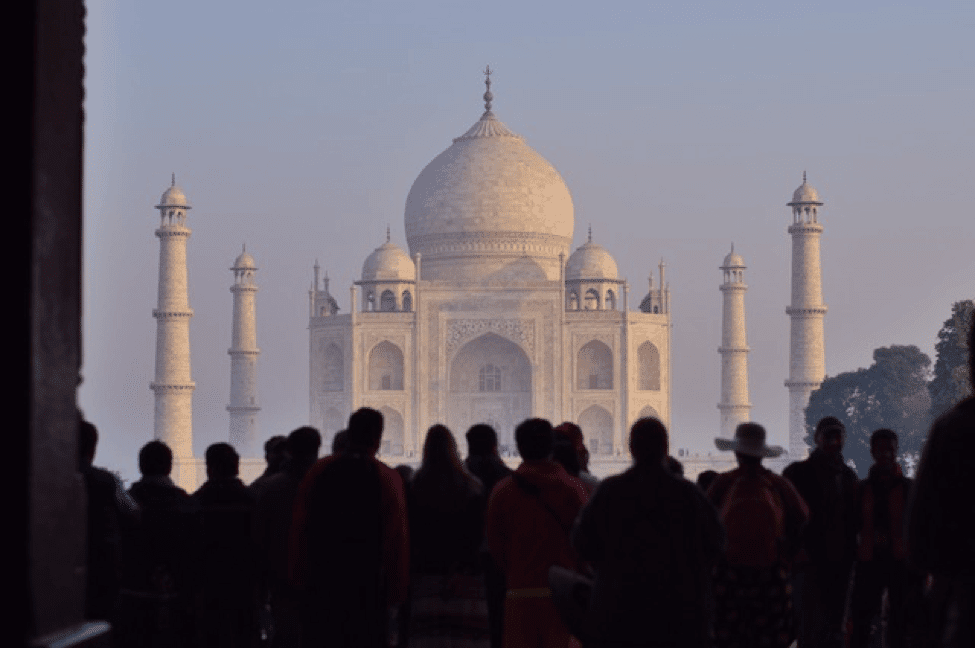
When it comes to memorialization, humans have originated several interesting and unique burial traditions over the years. But for most of us, the decision falls into a few simple categories. Interment or inurnment, and the choice to either donate our bodies, be placed below ground, or be placed above ground.
Today, we’re going to take a closer look at above ground burial and its history.
Differentiating Between Tombs, Crypts, and Mausoleums
Before getting into the history of modern above-ground burial, it’s important to clear up any difference on tombs, crypts and mausoleums. A mausoleum is an independent above ground structure that holds the remains of an individual or many. A crypt meanwhile, is a burial spot, built to hold a casket within a chamber. Finally, a tomb is a container which holds remains. If you are interested in learning more about above-ground burial options, please see our above-ground information page.
Early Above Ground Burial
Before access to modern burial options, early humans were often driven by practicality as much as ritual for burial. Some cultures would burn their bodies in a pyre. Others would dig a hole in the most conventional of below ground burial settings. Those who lived near caves may take advantage of these natural crevices, while those who lived near the ocean may set a body adrift.
Where the ground did not lend itself to digging, the most practical option was a stone pile or excarnation – leaving the body to be scavenged or deliberately de-fleshing the body to reveal the bones. A well-known burial practice in Tibet involves setting the body on a mountain top. Called sky burial, Tibetan people have been utilizing this method of excarnation for as many as 12,000 years. Since they only worry about the soul of a person, they do not believe the body is sacred. Other versions of excarnation include Comanche platform burials and traditional Zoroastrian funerals.
The Advent of Modern Tombs and Mausoleums
Between 3,000 and 4,000 B.C., man’s skill with stone began lending itself well to memorialization. Working mostly within natural caves, elaborate facades and occasionally multiple burial chambers were constructed on the sides of cliffs. The deceased were laid out on stone benches within the chambers to decompose. After a generation passed, the bones were moved to ossuaries and bone chambers to allow the next generation to be buried on each stone bench.
It was a classic example of luxury and status being applied to life’s final chapter. But it was nothing compared to the opulence and regal tributes that would follow, with the advent of mausoleums in the Fourth Century B.C.
When Queen Artemisia II of Caria, in the Asian Minor, wanted to honor her fallen brother husband, King Mausolus, she built the famed Mausoleum of Halicarnassus – the structure taking its name from the deceased. The structure, built near Bodrun, Turkey, is considered one of the seven wonders of the Ancient World.
Since then, mausoleums have long been held in high regard for their tributes to those passed. But in the United States, mausoleums have become a more practical and affordable option for the public. Starting in the late 19th century, mausoleums have become an increasingly popular option for families wishing to stay together not just in this life, but the next.
The city of New Orleans has the richest history involving above ground burial, in part because the remains of loved ones had the unfortunate tendency to rise back above ground. This is because New Orleans is actually slightly below sea level. So, in the late 1700s, New Orleans took inspiration from its French roots and opened the St. Louis #1 cemetery, comprised entirely of above ground mausoleums and lawn crypts.
Find the Right Above-Ground Burial in New Jersey for You and Your Family
If the idea of above-ground burial appeals to you, the New Jersey cemeteries operated by Memorial Properties are your solution. With over 30 years of experience in the death care industry, we have the answers to your questions and solutions for all budgets. Find your nearest location and contact us today!
